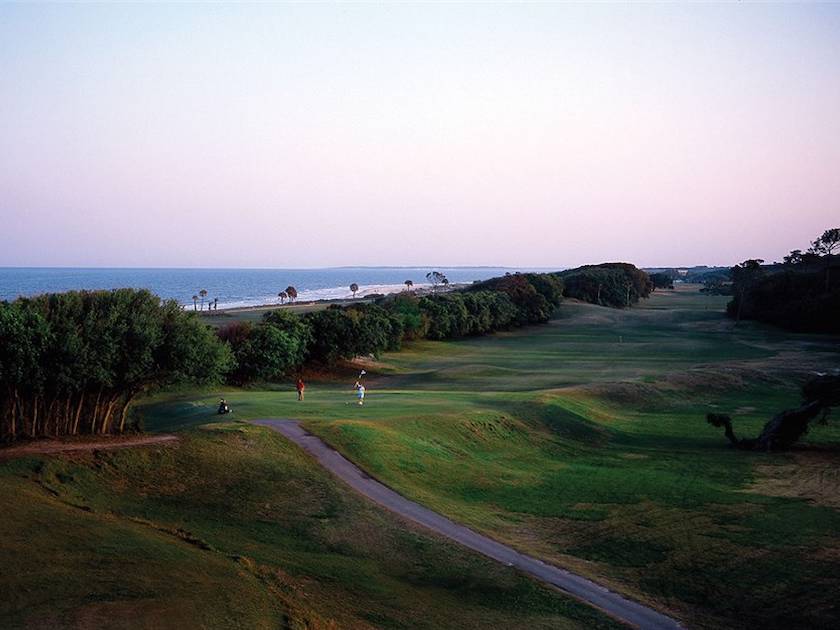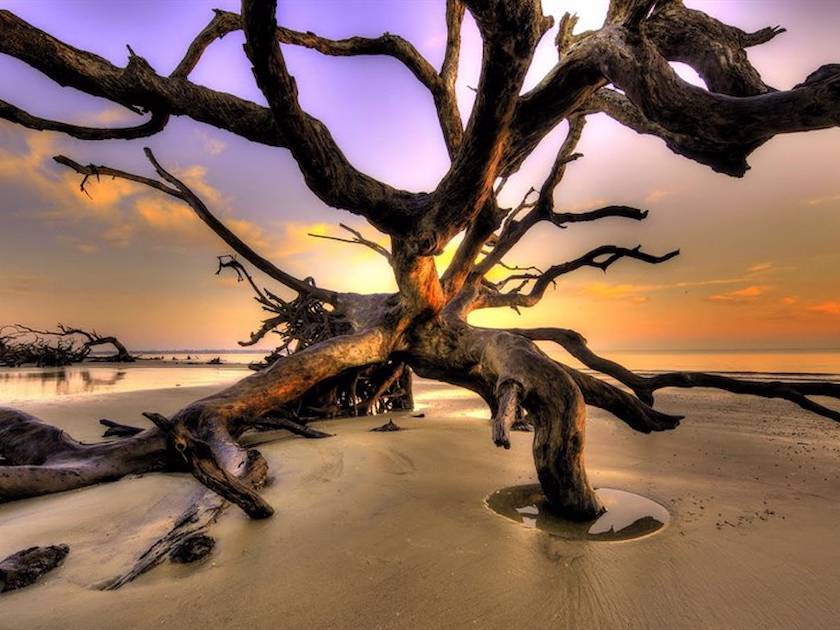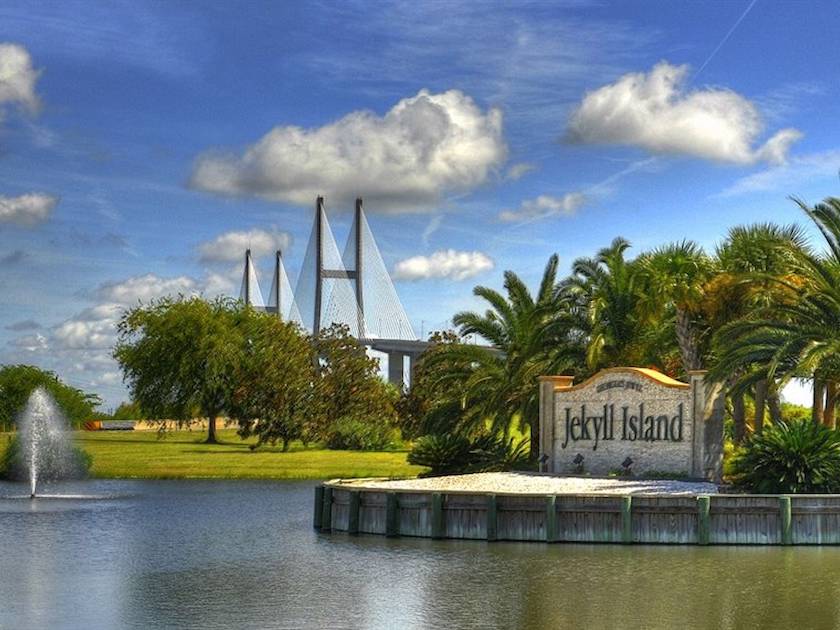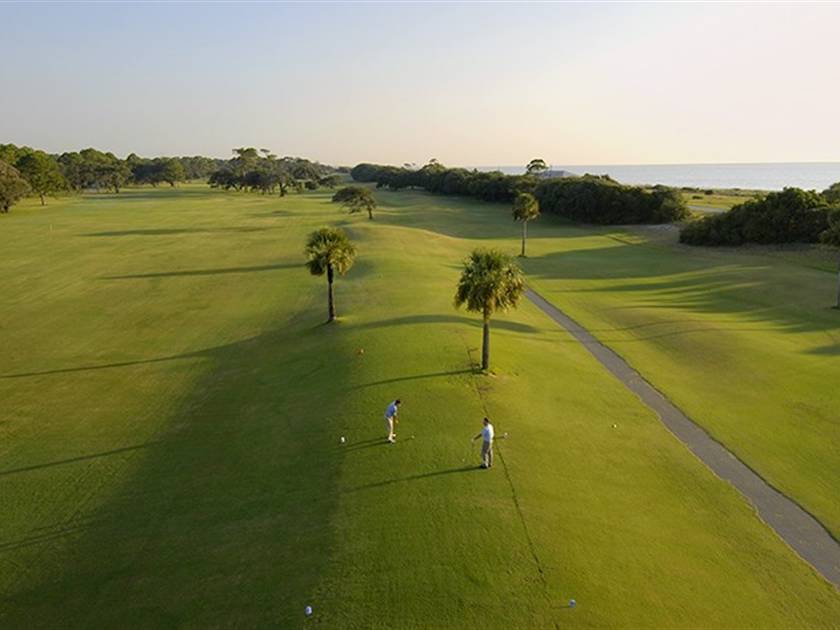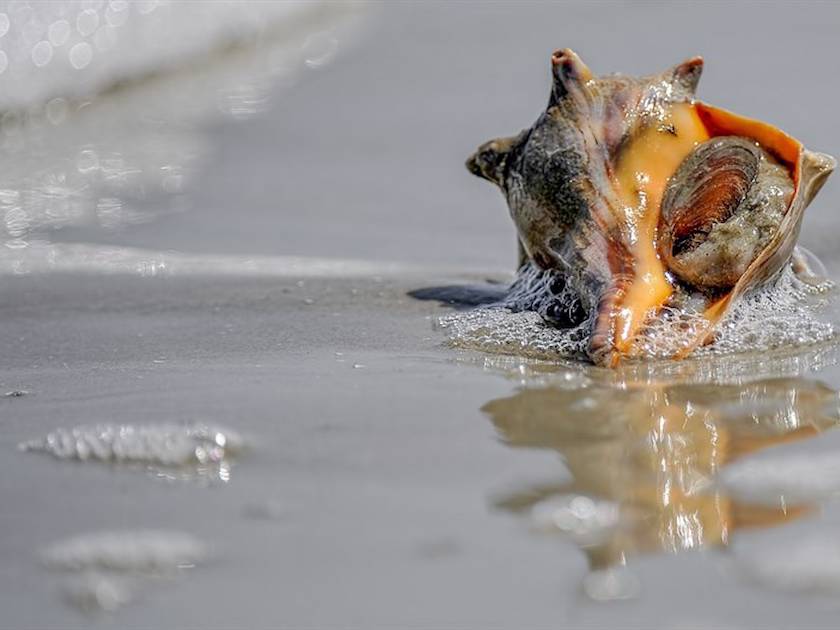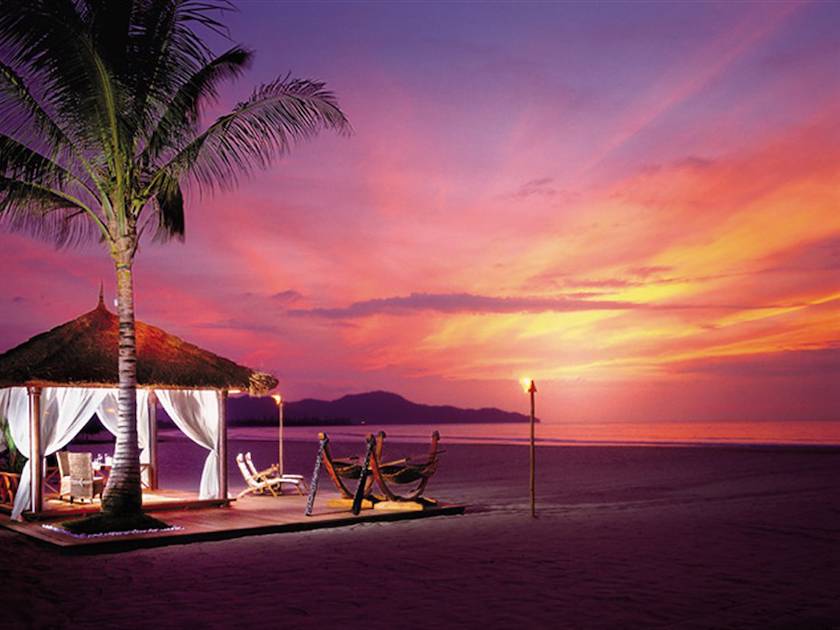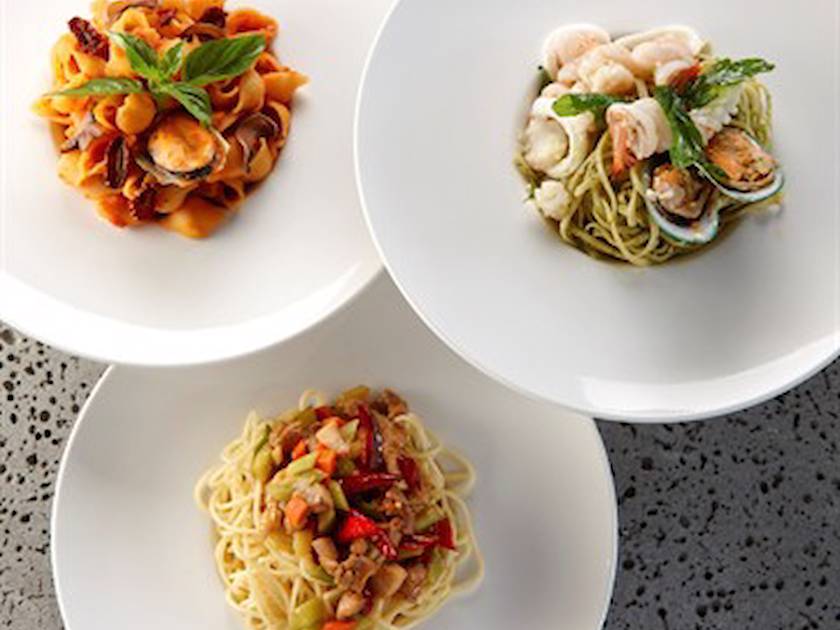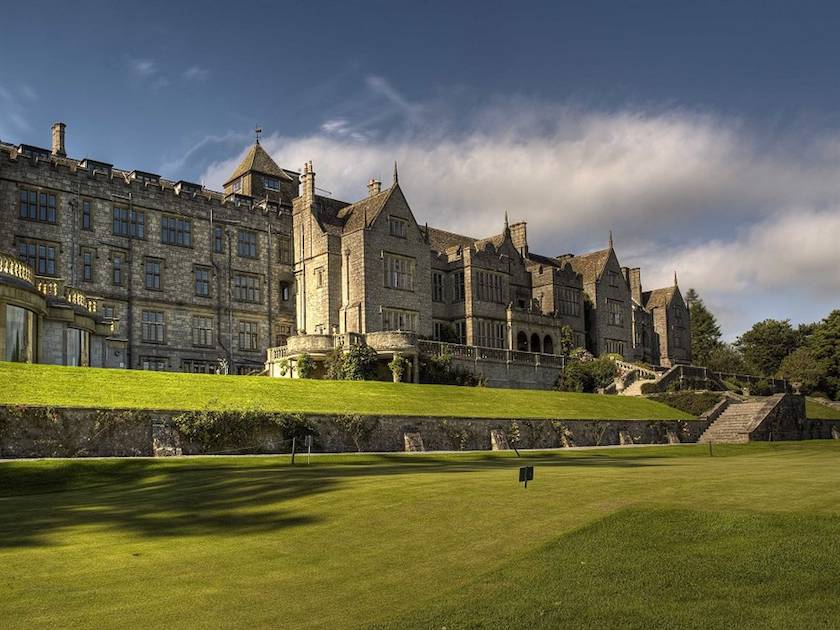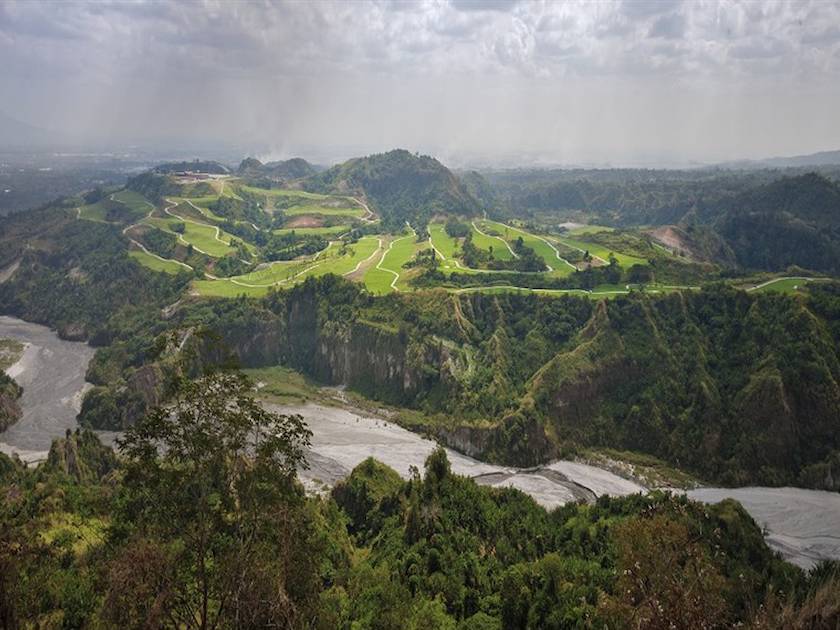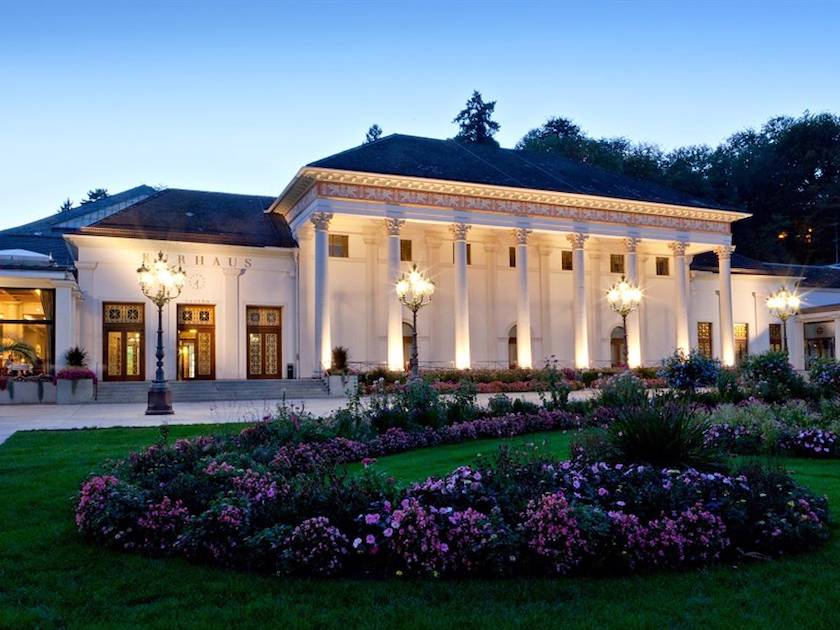Playing golf at Jekyll Island, USA
Jekyll Island was once the playground of America’s rich and famous. Today it’s experiencing a rebirth. Now is the time to see this underrated gem to soak in the sun, nature, history and golf...
In England we have Queen Victoria, King Henry VIII and Queen Elizabeth I, but America’s historical ‘royalty’ were entrepreneurs like the Morgans, Rockefellers and Vanderbilts. And when it came to relaxation, all of these influential Yanks vacationed together on Jekyll Island, a small spit of land off the southern Georgia coast. It was said that when these families were together on the island, one-sixth of the world’s wealth was concentrated in eight miles. From the late 1800s to World War I, Jekyll Island – one of four of Georgia’s Golden Isles – was a by-invitation-only affair. The island was owned by 53 rich American families, who built lavish ‘cottages’ (read mansions) and The Jekyll Island Club Hotel to enjoy the bucolic Southern lifestyle.
LOVELY LINKS. With the upper crust of society at play, it’s no surprise that golf has been on the island since 1898, but it was The Great Dunes Course, the last course that Walter Travis designed, that brought great golf to the island. Travis loved links style courses for seaside locations, and while only nine holes remain today, it is an authentic example of his style. A tight course, it is built on grassy dunes with strategically placed hazards, traps and bunkers. Jekyll Island Club PGA pro Rob Ellis says he thinks it’s the hardest of the four courses on the island and advises golfers who dismiss a nine-hole as simply an executive course to give this one a whirl. And when the signature hole, number 5, a par-five 525-yard adventure, is affectionately called the Mae West hole due to your second or third shot needing to thread the needle between two mounds, how could you resist? What makes Jekyll Island a draw for golfers is that the nine-hole course and three 18-hold courses make it Georgia’s largest public golf resort. Add in natural beauty, an abundance of wildlife from deer to alligator, no houses lining any course, and a cost of just £38 to play a round and you have golf nirvana.
PINE LAKES. The standout course on the island is the tree-lined Pine Lakes. Originally designed in 1968 by Dick Wilson and Joe Lee, and reconceived in 2002 by Clyde Johnston, it’s been called a near masterpiece. It winds through ocean forests and dunes that attract animals and migratory birds. The longest course at 6,750 yards, Johnston enhanced an already stellar course by adding new bunker and water hazards, redesigning the greens and improving drainage. The redesign saw the first installation of kids’ tee boxes in the country. You have to wait to the end to play the hardest holes on the course. Number 17 is a 202-yard par-3 that sounds easier than it is, and number 18 is the signature hole. It has water on the entire right side and wind to contend with as you try and land the 445-yard par-4. According to Bell, these are the two most challenging holes on any Golden Isle course.
OLEANDER. The prettiest course is Oleander, designed by Dick Wilson. This Par 72, 6524-yard course always plays long due to being at sea level and is a shot-makers dream. Located just 300 yards from the ocean, you can bet that you’ll have to contend with trade winds as you navigate tough par-4 and par-5 holes and several doglegs. The signature number 12 hole is the perfect example, with a dogleg to the right and a second shot involving a force carry over over water. The hole is very near the ocean and the winds often whip up, making this 437-yard par-4 a challenge. With a huge lake running through the middle of the course, from holes eight to 11, and ospreys, eagles, storks, deer and the occasional croc calling the place home, it is a natural paradise. Less experienced golfers enjoy the forgiving wide fairways of Indian Mound, a 6,408-yard course designed in 1968 by Joe Lee. It’s not very hard off the tee, but the elevated greens can be deceptive and provide a challenge.
STUNNING SCENERY. Besides golfing, what makes Jekyll Island a draw is its natural beauty, outdoor activities and slower pace than any other of Georgia’s Sea Islands. My favorite find on Jekyll Island is Driftwood Beach. Located in the north, the beach is littered with petrified trees giving it a surreal, otherworldly look and providing the opportunity to channel your inner Ansel Adams and take some stunning photos. Rent a bike from Kennedy Outfitters and cycle the 25 miles of bike paths that circle the island, at times affording you great ocean views. Or simply walk along the beach, but make sure to check the tide schedule – you won’t even have a beach to stroll along during high tide, as I learned one morning when Mother Nature foiled my seaside walk. If you’re here in spring or summer you’ll likely get a chance to see sea turtles along the beach as this is a big nesting ground for five of the seven species. Because the sea turtle is endangered or threatened, there is also a sea turtle sanctuary here that you can tour.
HISTORICAL TOUR. With a fascinating history, you’d be remiss not to do the Jekyll Island Historical Tram Tour. The guide will regale you with stories of the rich founders of the island, taking you back to a time when people dressed in black tie for every dinner, and to a unique place where women played along with the men in their hunting, shooting and other physical pursuits. The tour also affords you the chance to visit some of the mansions – er I mean ‘cottages’ that the barons built here. The Who’s Who of American society stopped coming to Jekyll because of World War II and the supposed spotting of a U-boat off the coast. They realized that as a group they were quite a target and quickly decided that vacationing together was ill advised so they packed their bags and never came back.
REVITALISATION. For years, Jekyll sat uninhabited, but in 1947 the state of Georgia bought it for a song and turned it into a state park. In the 1960s it experienced a revival when people came for the laid-back pace during the day and a bar and a band on every block at night, but in the 1980s Jekyll once again turned sleepy. Now it’s waking up again. The word on the island now is revitalisation. I’m staying at the Westin Hotel built in 2015; it is the top luxury accommodation on Jekyll. The hotel is just steps away from the beach, with an interior design that is a modern version of beach chic. Common spaces feature neutrals, blues and artwork depicting the area. Grab a drink at Harry’s Bar (named for a Harry, a 90-year-old descendent from the original baron families, who still winters on the island), and drink in the stunning view. My dinner at The Reserve restaurant was my favorite meal of the trip. You’ll want to try southern staples like shrimp and grits and local fish like grouper. And for a taste of home, have afternoon tea at the historic Jekyll Island Club Hotel. If you’re lucky you’ll arrive at the same time the local croquet club, replete in their white outfits and hats, who will play a match on the lawn. Jekyll Island offers the opportunity to step into America’s past while enjoying golf and other outdoor pursuits in a laid-back, slow-down and smell-the-roses small town USA.
Good to Know:
Fly: Both Savannah, Georgia and Jacksonville, Florida are about an hour’s drive from Jekyll Island.
Stay: Westin Jekyll Island http://www.westinjekyllisland.com
Golf: Jekyll Island Golf Club http://www.jekyllisland.com/golf
Attractions:
Georgia Sea Turtle Sanctuary http://gstc.jekyllisland.com/
Kennedy Outfitters http://www.kennedyoutfitters.com/
Driftwood Beach http://www.goldenisles.com/listing/driftwood-beach
Spa: Jekyll Island Club Spa & Salon http://www.jekyllclub.com/activities/spa-and-fitness/
Dining: The Reserve http://www.thereservejekyllisland.com/
The Grand Dining Room http://www.goldenisles.com/listing/grand-dining-room
Latitude 31 http://www.goldenisles.com/listing/latitude-31-restaurant-rah-bar
